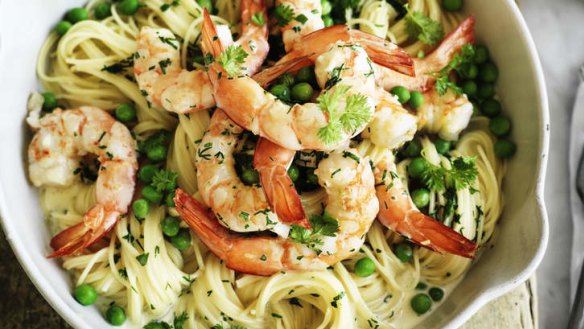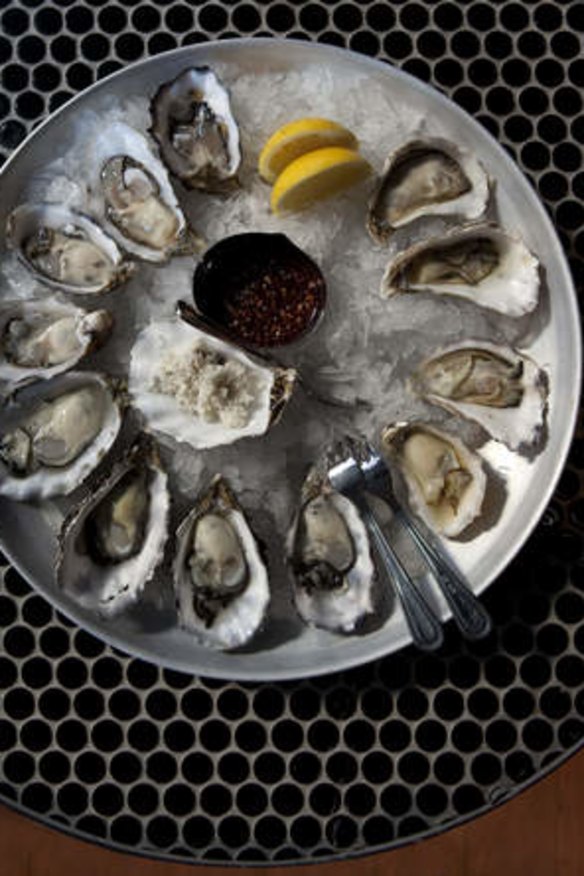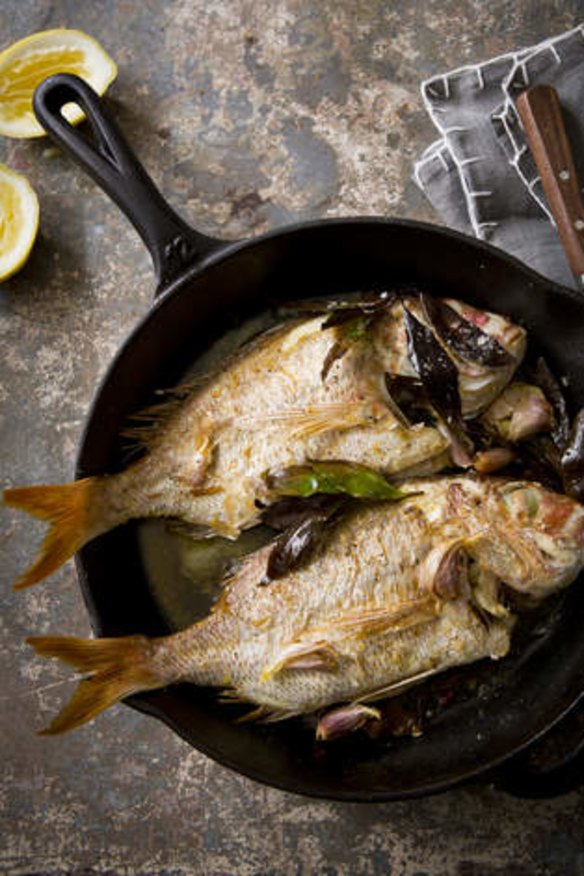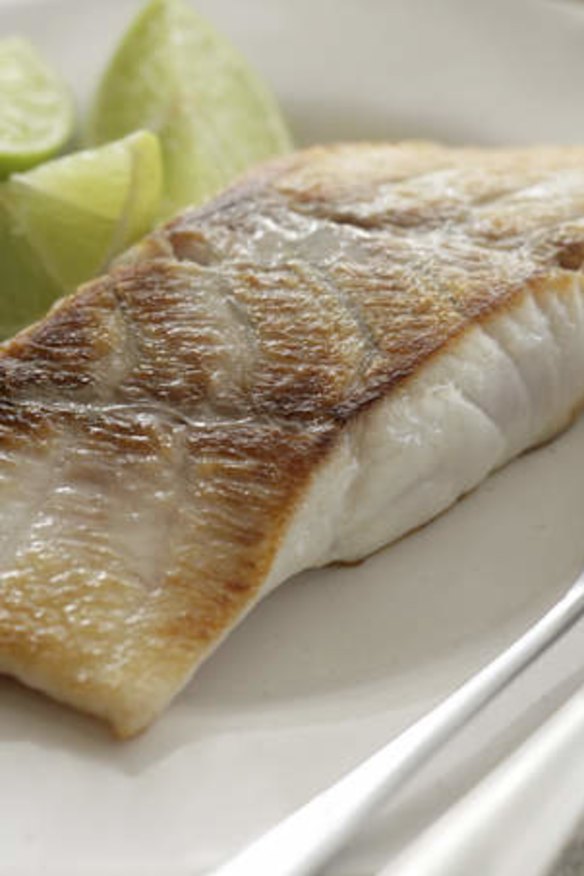Beyond tinned tuna: Healthy, nutrient-rich seafood options to add to your diet
Chances are you know that fish is good for you, and you know deep down that you should be eating more of it. While many of us have no issues including canned tuna in our weekly sandwich or salad repertoire, there are many other great varieties of fish which also offer plenty of health benefits.

Prawns
The old Aussie saying "throw a prawn on the barbie" is heard frequently during the warmer months when seafood and salad are a favourite but this does not mean this nutritional gem should be limited to summer.
For a number of years prawns were negatively tainted with the high cholesterol tag and yes, it is true that prawns contain some cholesterol, but this cholesterol does not automatically increase blood cholesterol levels. With less than 1g of total fat per 100g, and a massive 20g of protein, prawns are one of the leanest protein options in our food supply.

Prawns are also a good source of several other essential nutrients including calcium, iodine and zinc. While they do contain some sodium (from sea water) the nutritional benefits far outweigh the negatives.
The biggest issue with prawns from a health perspective is how we eat them. Served grilled or marinated and with salad is fine, but if they are deep-fried or served with creamy sauces and dressings, the fat content will be significantly increased, so try and enjoy these tasty treats in as natural a state as possible.
Incorporate into your weekly meal plan by adding to pastas, salads or stir-fries as a relatively cheap (green prawns), tasty, protein rich option.

Oysters
While they may be an acquired taste, oysters are another seafood option often only served on special occasions or ordered when fine dining. This is a shame as nutritionally the benefits of oysters cannot be overstated.

Oysters are one of the richest dietary sources of zinc, with just one oyster providing an adult with almost their entire daily requirement of the mineral. Zinc is a nutrient of particular interest in aging, as low levels of zinc have been linked to Parkinson's and Alzheimer's diseases.
Fresh oysters are high in protein, low in calories and a good source of calcium, making them a great entree or pre-dinner appetiser in place of high calorie, high fat dips, crackers, potato chips and cheese.
Also consider smoked oysters. Available in oil and water options, smoked oysters do contain slightly more sodium than fresh oysters, but can still be a nutrient rich snack between meals or on canapes, even if it does feel as though you are taking a trip back to the 1970s. The only thing to be mindful of is that adding sauces such as bacon-based Kilpatrick will bump up both the fat and calorie content. Oysters are best consumed raw, or if smoked, in plain BBQ sauce or spring water.
Snapper
While we often hear about Atlantic salmon and its health benefits, let's not forget the other fish varieties that still offer the benefits of omega-3 fats, with a lighter flavour.
Snapper fillets contain 200-300mg of omega-3 fat per 150g serve compared to 500mg for Atlantic salmon, but snapper is much lower in total fat and calories than salmon, making it a great choice of fish for those who are also keen to keep their calorie intake controlled.
Snapper can be served lightly grilled; incorporated into salads or served whole with a light seasoning. Avoid butter- or cream-based sauces which will bump up the fat content of the lean fish significantly. The skin of the fish offers an extra dose of omega-3, which means there is an extra benefit to cooking and serving snapper whole.
- Whole snapper baked on potatoes with wilted spinach
- Pan-roasted snapper with garlic and bay leaves
- Steamed snapper with ginger and green onions
Barramundi
Another exceptionally lean fish, 100g of barramundi contains less than 2g of total fat and 100 calories, and is a cheaper choice than fresh salmon, tuna, trout and snapper.
Barramundi is also a relatively good source of omega-3 fats and several other key nutrients including selenium, calcium, zinc, magnesium and vitamin A.
Often we see plain white fish battered, fried and served with chips which is best avoided all round. Instead, order barramundi grilled with salad. If cooking at home try using a little extra virgin olive oil in cooking. Not only will this help with the absorption of key nutrients, but it will help keep the calories and flavour of your meal well balanced.
Susie Burrell is a nutritionist and author.
The best recipes from Australia's leading chefs straight to your inbox.
Sign up